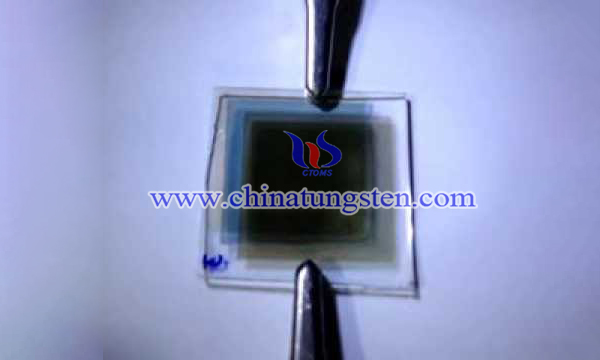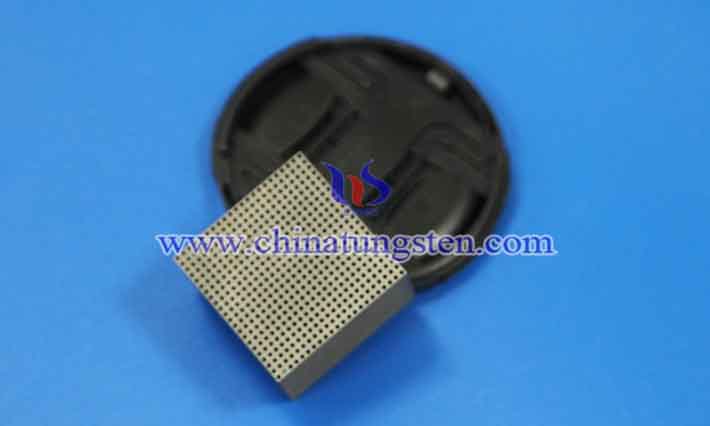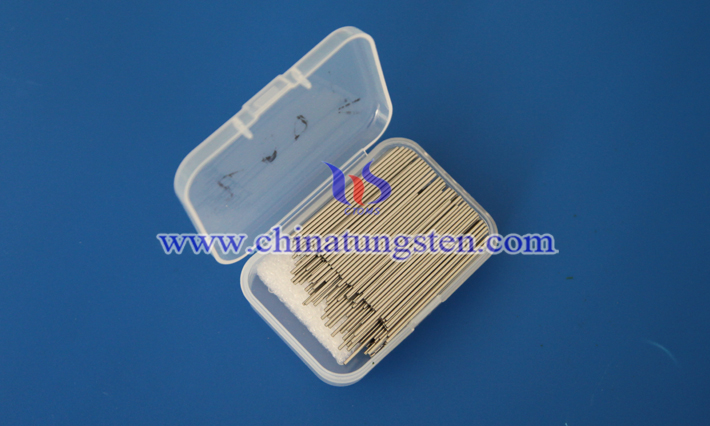CuS-WO3 Photochromic Film for Smart Window Applications
- Details
- Category: Tungsten Information
- Published on Thursday, 20 January 2022 01:53
- Written by yuntao
- Hits: 1455

Among the transition metal oxides, tungsten trioxide (WO3) has attracted much attention and has been widely studied due to its many interesting structures and defect characteristics. The numerous applications of WO3 optical and electronic devices include electrochromic (EC) smart windows, flat panel displays, tunable EC photonic crystals, and gas sensors. However, its higher band gap energy (2.6-3.6 eV) limits its application. Therefore, the low frequency near infrared light (NIR) cannot be blocked.
Read more: CuS-WO3 Photochromic Film for Smart Window Applications
Preparation Process of Sprayed WO3 Thin Films
- Details
- Category: Tungsten Information
- Published on Monday, 17 January 2022 14:35
- Written by yuntao
- Hits: 1294

Electrochromism (EC) is a phenomenon that induces a reversible optical change (coloration/bleaching) in a material by applying a small electric field. Tungsten oxide (WO3) is the most widely studied electrochromic material due to its outstanding electrochromic (EC) properties. Materials that can continuously and reversibly change color under reversible electrochemical processes are called electrochromic materials, which have been widely used to fabricate light modulation devices. Among these devices, anti-glare car mirrors have been commercialized, and smart windows are currently driving intensive development.
3D Printed Collimators for Physical Optics Enables Lower Costs
- Details
- Category: Tungsten Information
- Published on Thursday, 09 December 2021 18:50
- Written by Shuxia
- Hits: 1599

A collimator, a device used to transform the diverging light or other radiation from a point light source into a parallel beam. Special measurements in spectroscopy and in geometric and physical optics require this kind of collimation.
Read more: 3D Printed Collimators for Physical Optics Enables Lower Costs
Pure Tungsten Pins Is Used for Probes and Cathode Emission
- Details
- Category: Tungsten Information
- Published on Friday, 10 December 2021 10:11
- Written by Shuxia
- Hits: 1644

Tungsten pins, also named tungsten needles or tungsten electrodes, are a typical tungsten product with purity of 99.95%. It has a silver-white appearance, a slender structure, a length of 20mm-1000mm, and a diameter of 0.3mm-10mm. Usually, the product is customized.
Read more: Pure Tungsten Pins Is Used for Probes and Cathode Emission
This ‘Cesium’ Is Not the Other ‘Cesium’! Cesium, A Substance Leaked from the Fukushima Nuclear Accident, Arrived in the Arctic Ocean and Returned to Japan
- Details
- Category: Tungsten Information
- Published on Friday, 12 November 2021 10:13
- Written by Cristina
- Hits: 1767

Aoyama Aoyama, a visiting professor at the University of Tsukuba, Japan, recently released the results of his research at an international seminar hosted by Fukushima University. Said that the radioactive substance cesium 137 that entered the ocean in the 2011 Tokyo Electric Power Company’s Fukushima Daiichi nuclear power plant accident arrived on the west coast of the United States and traveled northward, passing by the Bering Sea, the northernmost part of the Pacific Ocean, returns to the northeastern coast of Japan in about 7 to 8 years.





 sales@chinatungsten.com
sales@chinatungsten.com